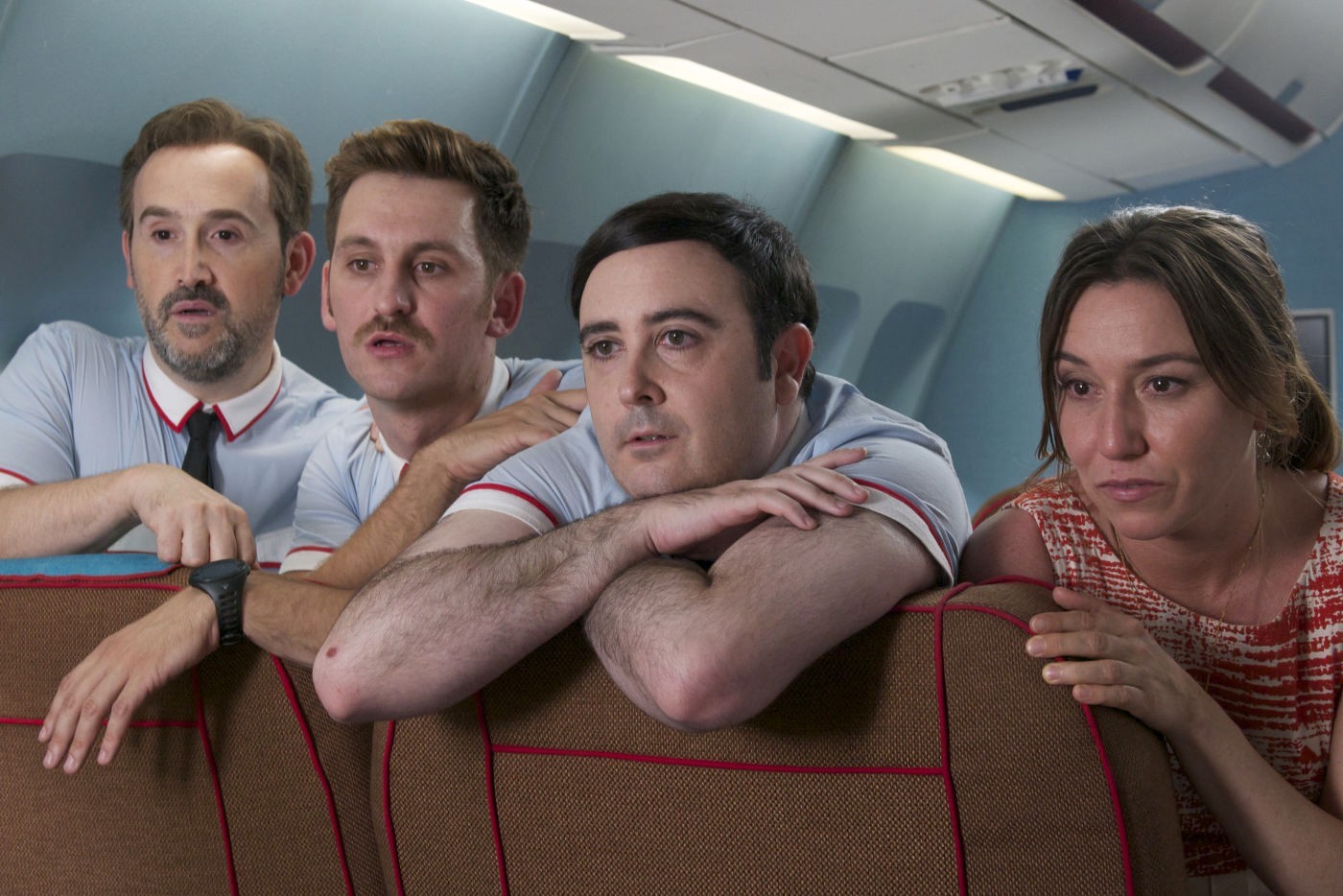There were only two possible outcomes for Luc Besson’s The Family: either it was going to be bad or Besson was going to direct his first good live-action feature (I haven’t seen his animated work). Well, Besson hasn’t broken any creative ground and his latest is bad in the usual way, with flurries of incoherent action interrupted by clock-watching dialogue scenes. You could say that the replacement of his usual pseudo-philosophizing by comic back-and-forth is a step in the right direction, except for the fact that Besson doesn’t have much of a sense of verbal humor.

Obviously cast for their associations with gangster movies, Robert De Niro and Michelle Pfeiffer (sometimes people forget 1983’s Scarface and 1988’s Married to the Mob) play a married couple who, with their two teenaged children, relocate to Normandy under the federal witness protection program after dad turns mafia snitch. It’s a hallmark of how much the family resorts to criminal ways that the government has run out of U.S. locations in which to squirrel them away.
The plot follows the family’s interactions with Besson’s take on the “insufferable” local French and then shifts to the mafia’s eventually successful attempts to track down and murder the “protected” Americans.
Besson takes what, for him, is unusual care in depicting peripheral characters, primarily locals (some of whom are relatively nice) but also the family’s bodyguards. One might almost think that Besson has awoken to the human potential of his typically flattened supporting casts.

As it turns out, though, Besson is just setting these folks to be slaughtered in the most graphically violent ways imaginable, often at just the moments they are expressing their inherent humanity. Besson has found that what for him is a more agreeable way of expressing his directorial control: Sadism.
Sadism has been a running, if minor, strand of European cinema practically since its birth. Bunuel, who explored it and expressed it, found it woven throughout the human condition. Michael Haneke hides his under a gloss of artistic “objectivity” and thus turns it into middle-class “art.” Besson just seems to enjoy it. Gesturing towards the humanity of the bodies on screen makes him all the more gleeful when he shatters those bodies into blood, bone, and flesh.
He takes the view of the man on the tower looking down at ant-sized people and, rather than imagining, actually tosses something off the roof for the sake of amusement. Luc Besson is not an auteur; he has neither the eloquence nor the preoccupations to stake that claim. But he has created a cinema, the Cinema of the Ants.

–Henry Sheehan



